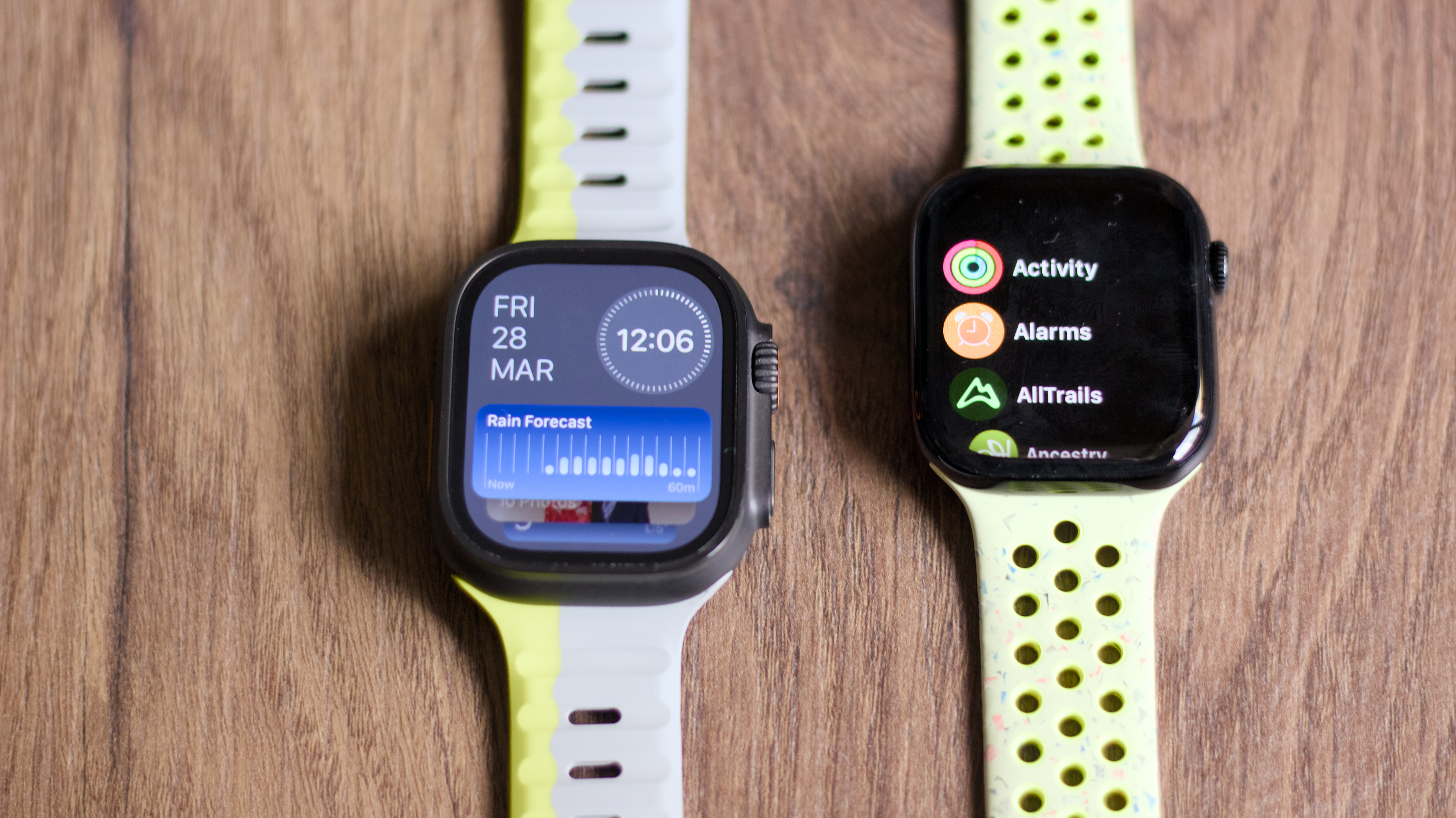
With 2025 comes a massive milestone in the history of Apple, the 10-year anniversary of the Apple Watch. The anniversary of the Apple Watch is a strange one, because the device was actually first unveiled on September 9, 2014. However, it wasn’t made available for sale until pre-orders on April 10 the following year, and it didn’t launch until April 24, 2015. As such, we’re celebrating Apple Watch’s decennial anniversary on April 24 this year.
Apple might be taking a typical Apple approach with an active challenge, but I’ve decided to celebrate the anniversary by taking a stroll down memory lane. After all, the 10-year anniversary is a momentous occasion in the history of Apple Watch, but there have been some incredible milestones on the way.
So, what are some of the biggest moments in the history of Apple Watch? Design changes? Software tweaks? Something else? I was working on Apple’s shop floor when the doors opened on day one, and I’ve been writing, covering, and using the best Apple Watches for nearly 10 years. Here are my top 10 Apple Watch milestones. Did yours make the cut?
10. LTE/Cellular: Series 3
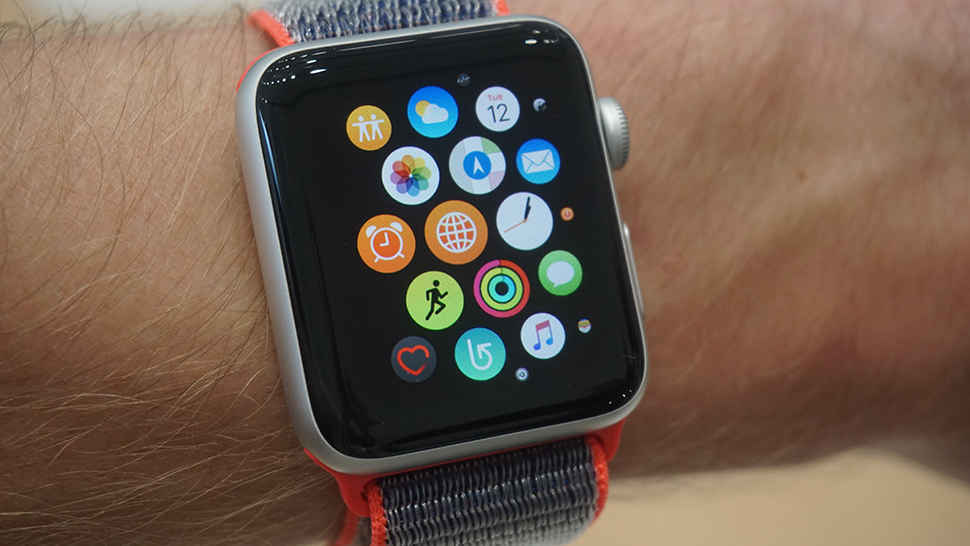
The Apple Watch Series 3 is infamous in the industry as the smartwatch that wouldn’t die. It wasn’t the best Apple Watch ever made or even the cheapest, but Apple sold the Series 3 from its launch in 2017 all the way up until September 2022, an unprecedented level of longevity in Apple terms.
The Series 3 was more notable for another reason, however, as it was the first Apple Watch to deliver LTE and cellular connectivity. As such, it was the first Apple Watch you could use sans iPhone, using cellular data to make and take calls, stream music, and more, even without your iPhone in your pocket.
LTE connectivity is a staple option of every Apple Watch these days (although you do pay extra for the privilege), but it wasn’t taken for granted a few years ago, and took three years to introduce to the lineup.
9. Low Power mode: watchOS 9

A lot of my picks might be controversial to some, either for their inclusion/exclusion, or their rank. However, in my book, the Low Power mode upgrade in watchOS 9 is one of the biggest changes Apple has made to the Watch under the hood. It sounds crazy, but until 2022, Apple Watch battery life could only be lengthened by Power Reserve mode, which turned your Apple Watch into a glorified Casio that only displayed the time.
Low Power mode changed all that, and brought us a mode that extends battery life while keeping more Apple Watch features like Activity Tracking alive. Given Apple Watch battery life has never been an industry leader (in fact, it's infamously short), looking back it seems crazy that this feature took so long to add to the Apple Watch.
8. In-store purchases
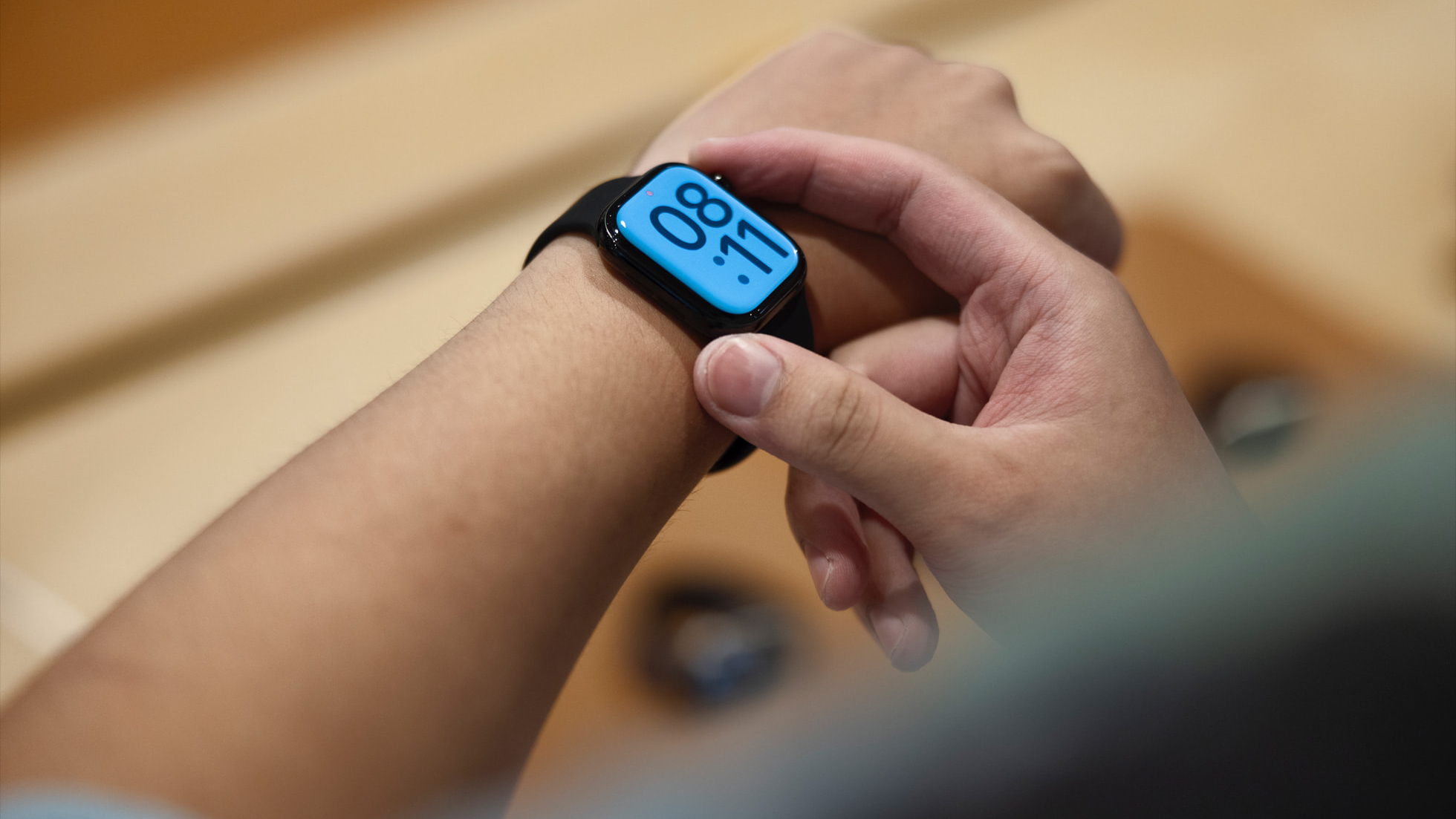
Only OGs will remember that when the Apple Watch first launched on that hallowed Friday in April, you couldn’t actually buy one in the store. I worked a 7-11 am at my local Apple Store that day. We’d help eager customers try on the watch, find the right size, style, and fit.
Once they were happy, you’d take them aside to a Mac or iPad in another part of the store and help them make the online order for the device they’d just chosen. As you can imagine, it wasn’t a smooth process, so after a couple of months, Apple began selling them in stores. But from April to June 2014, the only place you could buy one was online.
7. The end of 18 Karat gold

The original Apple Watch included two 18 Karat solid gold options, rose and yellow, which cost an eye-watering $17,000. The model was famous for its price and brash design, and in the industry was known to be a passion project of Apple design guru Jony Ive. Back in the day, WSJ reported that Ive was convinced the Apple Watch was a fashion accessory, while other Apple execs saw it as an extension of the iPhone. Ultimately, the latter philosophy won out.
According to WSJ, “thousands” of gold Apple Watch models went unsold, and on September 16, 2016, Apple unveiled the Apple Watch Series 2, and the gold option was notably absent. Apple Watch Series 1, released at the same time, was an affordable aluminum-only option, while the Series 2 sported a still-premium ceramic version that cost a fraction of the price.
The end of the 18-karat gold Apple Watch signaled a marked shift in the future of Apple Watch, cementing the device’s trajectory as a potent fitness device and connected wearable, rather than a fashion statement. However, Apple still offers premium Hermes bands for the fashion-inclined.
6. Waterproofing: Series 2

At the same time that Apple ditched the solid-gold Apple Watch, it also introduced waterproofing to the lineup for the first time with the Series 2. The 2016 model feature a water resistance rating of 50 meters for swimming, surfing, or just lounging in the pool.
The original Apple Watch was really only rated for wearing in the rain or washing your hands prior to this, so the advent of waterproofing was a massive step up. It made the Apple Watch a device you could truly wear all the time, including in the shower or at the gym.
The Apple Watch has strengthened its waterproofing capabilities since then, and that fateful 2016 step would eventually pave the way for the incredibly rugged Apple Watch Ultra, a working dive computer, and the durable devices we know and love today.
5. GPS: Series 2
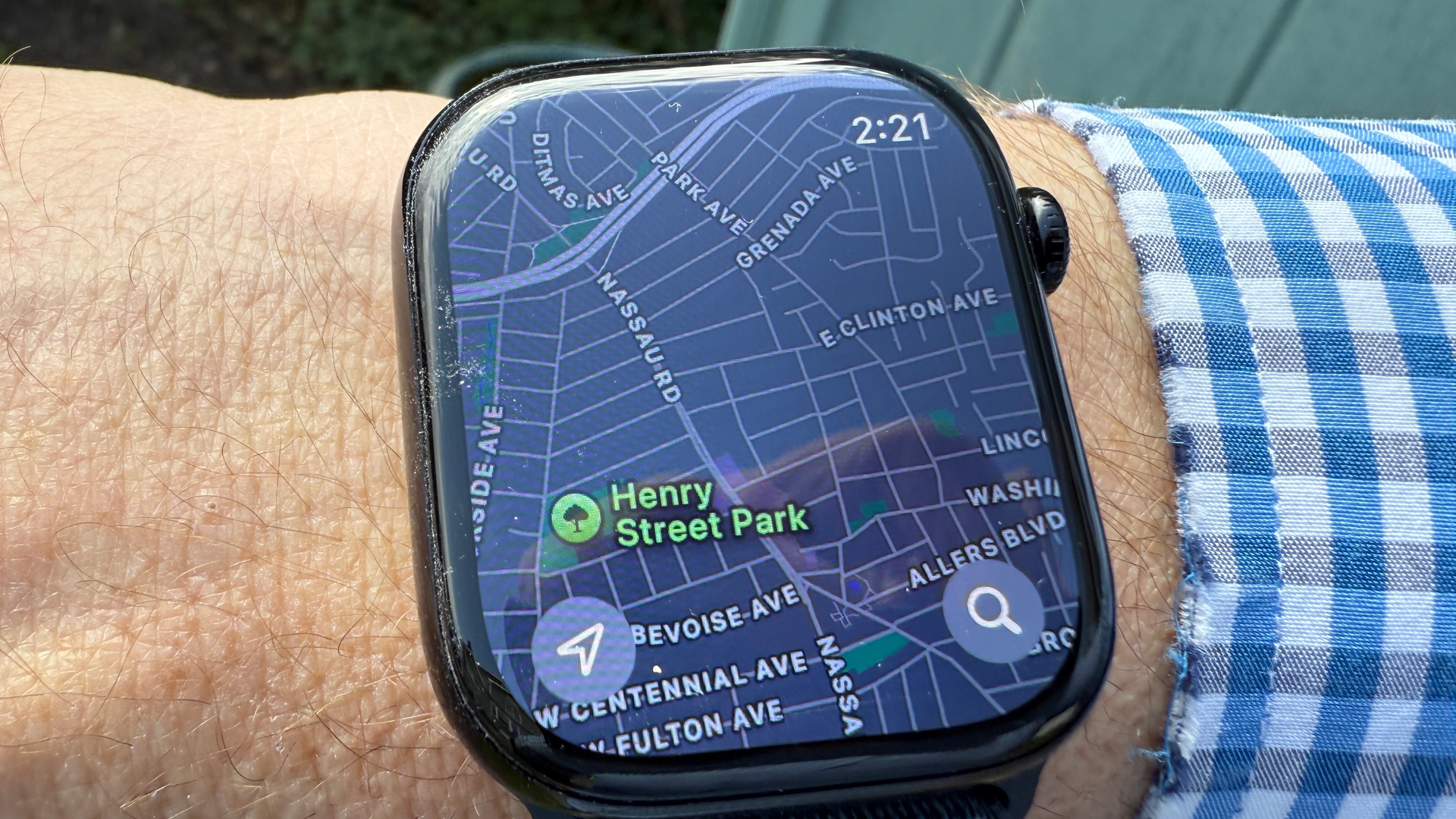
Confusingly, the Apple Watch Series 2 was the third Apple Watch, after the original and the Series 1, which was introduced at the same time as the Series 2, just to keep everyone on their toes. Not only did it herald the groundbreaking waterproof update just mentioned, but it housed an arguably even more significant update, GPS.
The Apple Watch Series 2 was the first Apple Watch you could use to record distance, pace, and speed for outdoor workouts, even without your iPhone present. Apple Watch models today give us spatial features galore thanks to Backtrack, UWB, Find My iPhone, turn-by-turn navigation, and more, but the very first step on that journey was GPS.
4. Apple Watch SE
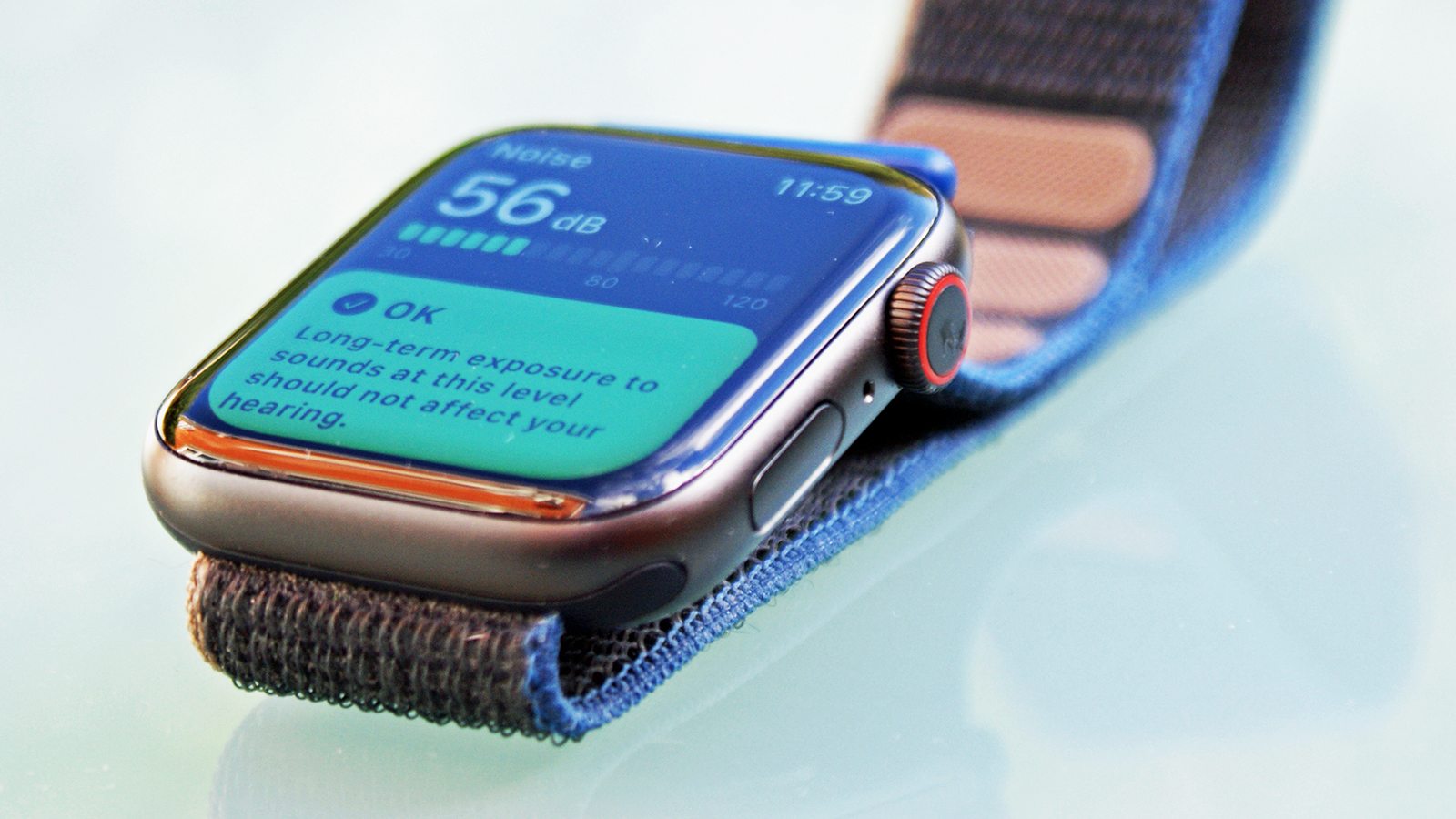
With our final four picks, we’re into really controversial territory, and I’ve vacillated over my top picks and changed my mind numerous times. Coming in at number four is the Apple Watch SE. This Watch brought Apple’s incredibly popular budget moniker – SE – to its wearable line for the first time. Using the same formula as the iPhone SE, it delivered many of the same design traits and features as the Apple Watch Series line, while housing older parts and eschewing more premium functionality to keep the price down.
The Apple Watch SE would go on to be replaced by the Apple Watch SE 2, both of which have been mainstays in the lineup during their respective lifespans since. The Apple Watch SE made Apple Watch a more accessible, budget choice to rival the best cheap smartwatches and fitness trackers on the market.
In many ways, it can be seen as the final culmination of the shift from fashion accessory to full-fledged smartwatch, solidifying the Apple Watch’s legacy as a mass-market device for fitness and communication, rather than a status symbol or a $17,000 fashion accessory.
3. Redesign and ECG: Series 4
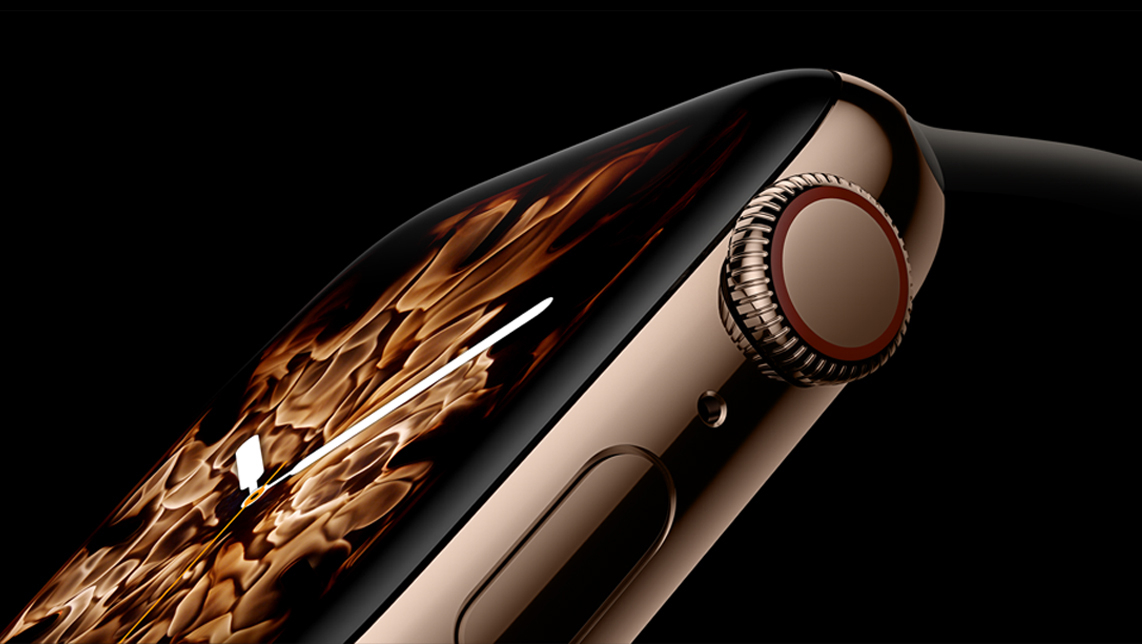
The Apple Watch Series 4 is arguably the most important mainstream Apple Watch in the company’s history, marking the first significant design change to the model. It honed and refined the fairly chunky designs of the past into a sleeker package with thinner bezels and rounded corners. Under the hood, there was a snappy new S4 chip and an exciting new health feature: ECG.
The Apple Watch Series 4 was the first consumer device to ever ship with an FDA-approved electrocardiogram that could be used to detect life-threatening conditions like atrial fibrillation. The Series 4 also heralded the introduction of fall detection, and the haptic Digital Crown, and was a true game-changer in every respect.
2. Always-On display: Series 5
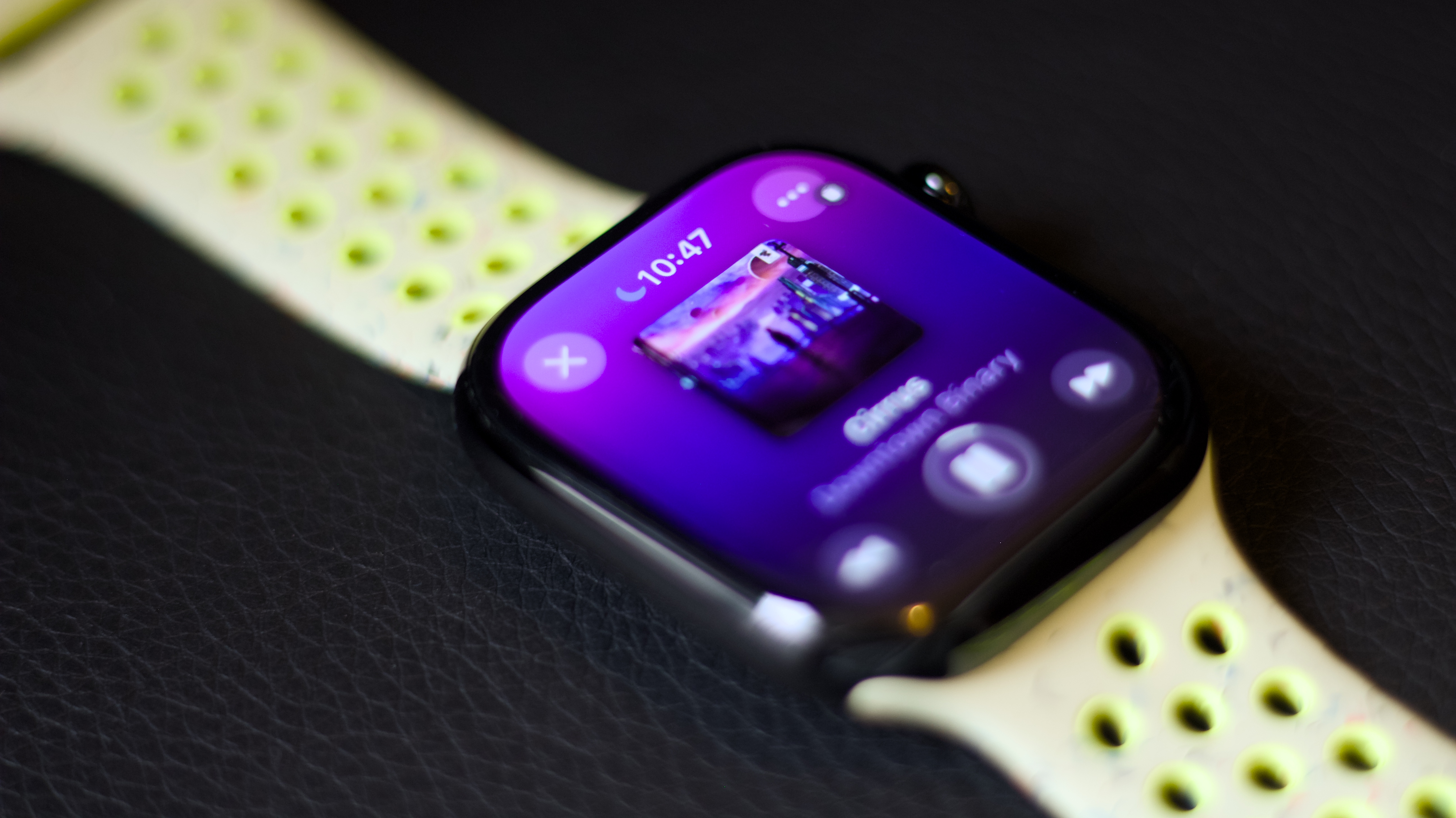
Perhaps the single most important hardware change Apple has made to the Watch in its 10-year history is the introduction of the Always-On Display. For the first five years of its life, Apple Watch users were confined to its nifty but less convenient Raise to Wake function to bring the Apple Watch display back to life.
That changed with the Apple Watch Series 5, which delivered the Always-On Retina display to Apple Watch for the first time. It was the first time LTPO (low-temperature polysilicon and oxide) display technology featured in consumer tech, enabling the Apple Watch to slow down its refresh rate and preserve battery life when not in use. This battery-saving wizardry meant your Apple Watch display was always readable at a glance, while preserving 18-hour battery life.
The Always-On display is another mainstream feature we take for granted in 2025, but it wasn’t always that way.
1. Apple Watch Ultra
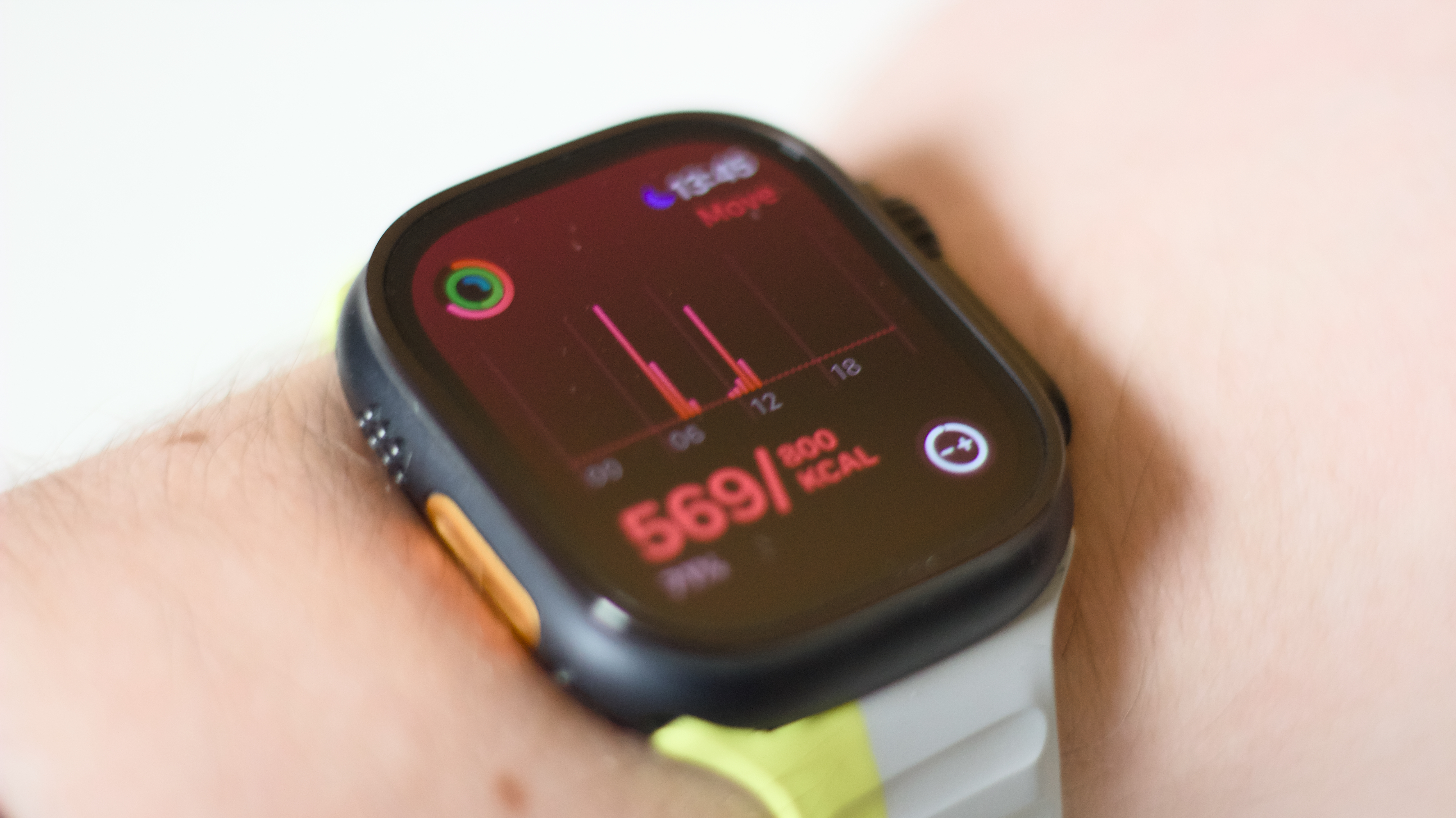
In my book, the biggest milestone in the history of the Apple Watch is the Apple Watch Ultra. Unveiled in 2022, the Apple Watch Ultra was the single most momentous Apple Watch design change we’ve ever seen, and I think the biggest moment in the product’s history.
It’s enormous new display dwarfed anything we’d seen up to that point, as did its battery life, which was roughly double that of previous Apple Watch models. It featured excellent new purpose-built bands for the great outdoors, and a new Action Button nestled in its rugged titanium chassis.
The Apple Watch Ultra was the culmination of nearly a decade of advances and changed that started years ago, and builds on the legacy of all the changes we’ve discussed before. Even the Apple Watch Ultra 2 failed to capture some of the excitement that the original Ultra did when it was launched, despite being the best smartwatch you can buy today.
There’s no denying the Apple Watch Ultra is probably the antithesis of the vision Sir Jony Ive had for the watch when he started work on it all those years ago, but I’m thrilled that on this one at least, he was wrong.
Honorable mentions
Some obvious other notable Apple Watch changes didn’t cut, here. Honorable mentions include other big health and safety features like blood oxygen monitoring (and its subsequent removal) and sleep apnea detection, wheelchair activity tracking, the dedicated Apple Watch app store, the Nike collaboration, the titanium Series 10, GymKit, and beyond.
Let’s also not forget that the future of Apple Watch is brighter than ever. 2025 promises a new Apple Watch Ultra 3, Apple Watch Series 11, and a new redesigned Apple Watch SE 3. Promised new features include 5G and hypertension monitoring that can detect high blood pressure in the more premium models, an upgrade that would almost certainly have made this list a year from now.
Beyond that, Apple is reportedly exploring blood glucose monitoring, cameras, and, of course, AI powered by Apple Intelligence. Unless Apple gets the future hilariously wrong, the Apple Watch is likely to go down as one of the most important and enjoyable products in the company’s illustrious history.







